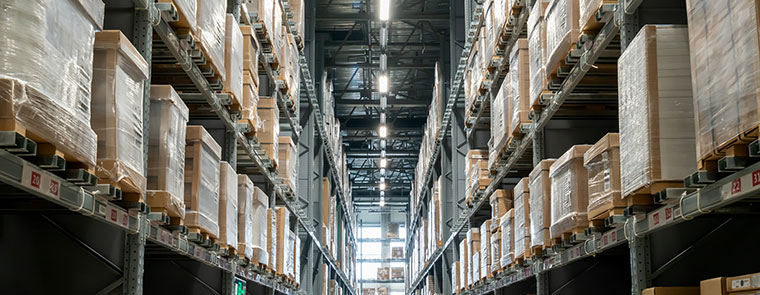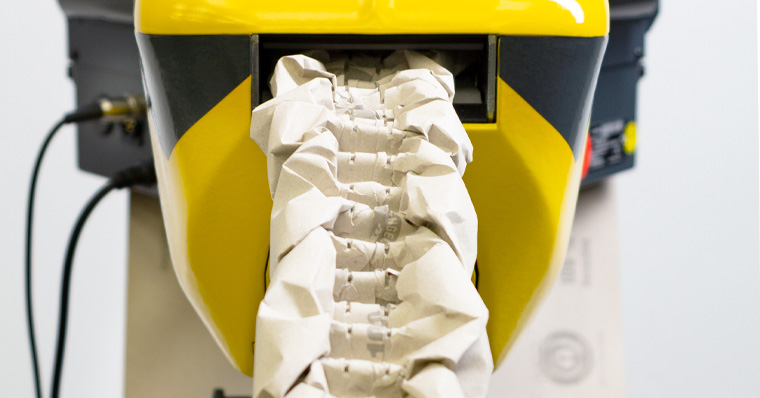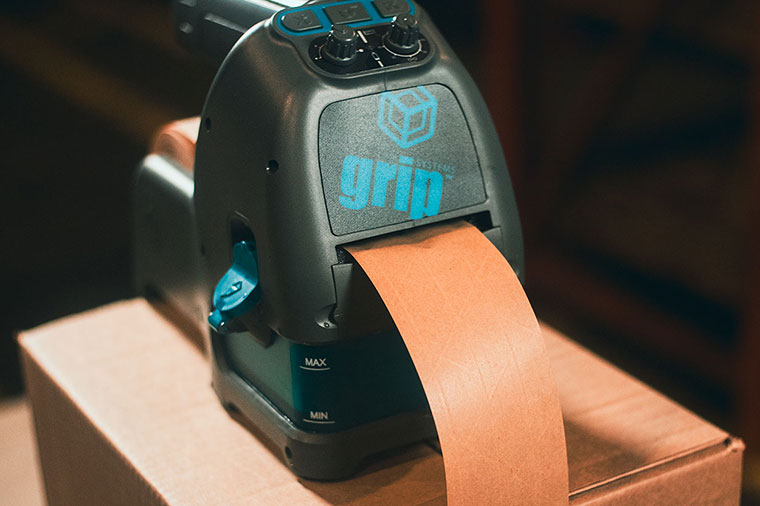1. Review last year's performance.
There are several methods to detect areas of improvement in packaging and fulfilment processes. These methods include tracking performance metrics, conducting surveys or interviews with customers, analysing data from warehouse management systems (WMS), talking to employees, and benchmarking against other businesses. By monitoring performance metrics like order fulfilment time, shipping costs, and customer satisfaction ratings, one can identify areas that require improvement.
Surveys or interviews with customers can provide feedback on packaging and fulfilment processes, such as ease of opening, product protection, and order delivery time. Analysing data from the WMS can reveal patterns in shipping delays or customer returns.
Employees can also offer valuable insights into improving packaging and fulfilment processes. Benchmarking against other businesses in the same industry can provide a comparison of performance.

2. Train your staff.
To provide effective packaging training to your staff, it's important to identify the specific needs of your business and products. However, some general topics should be covered, such as different packaging materials and their properties, packaging techniques, and safety and quality practices. You may also consider training on packaging machinery, product-specific packaging, regulations, problem-solving, and equipment maintenance.
It's crucial to make the training program interactive and engaging for your staff. You can achieve this by using methods like case studies, role-playing, hands-on exercises, quizzes, and games. By providing comprehensive and interactive packaging training, you can improve your staff's skills and knowledge, leading to better packaging results.






